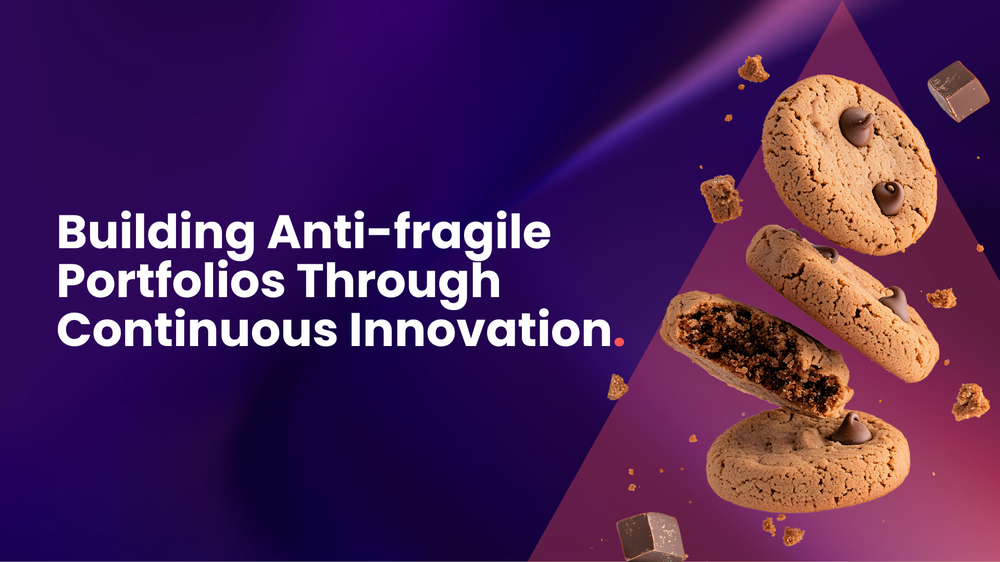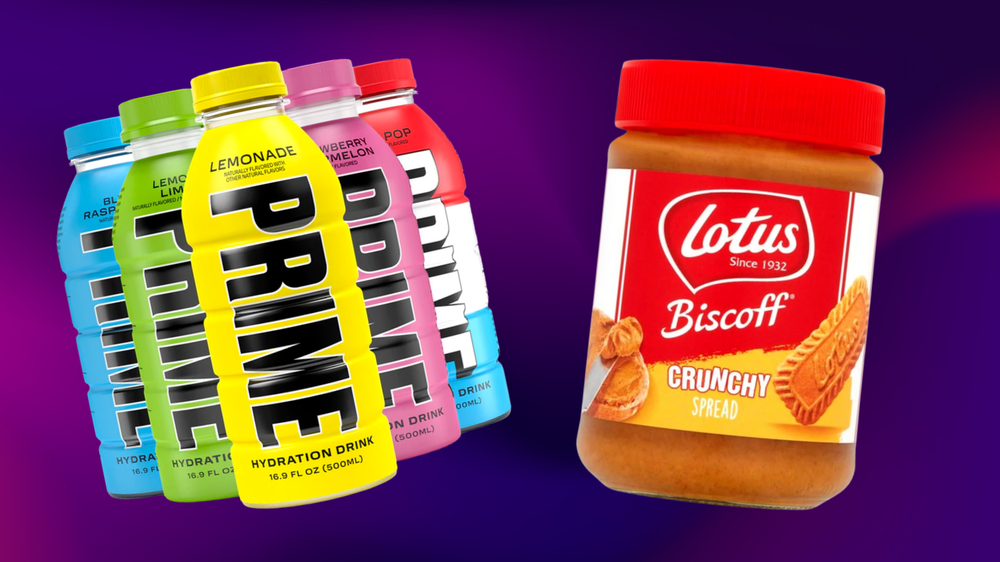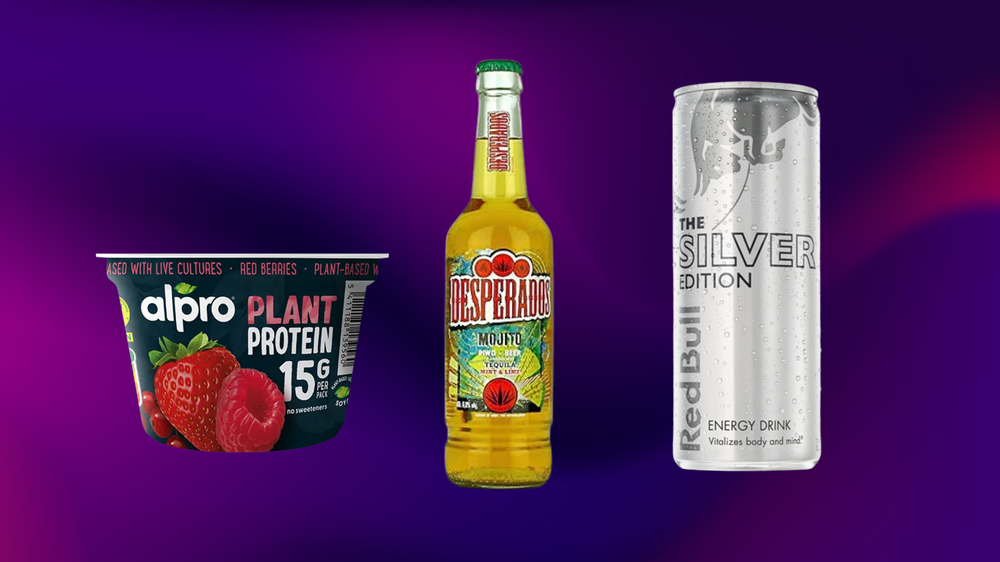Building Antifragile Brand Portfolios through Continuous Innovation
In the fast-changing FMCG market, traditional strategies like advertising and pricing adjustments are becoming less effective, while SMEs are excelling through agility and rapid innovation. To remain competitive, brands must embrace antifragility, a strategy that thrives on change and continuous adaptation.

Key takeaways
- Traditional FMCG strategies are losing effectiveness – Advertising and pricing adjustments are delivering diminishing returns, while SMEs excel through agility and rapid innovation.
- Antifragility enables brands to thrive in change – Unlike resilience or robustness, antifragility strengthens brands by continuously adapting through product testing, iteration, and refinement.
- The Lean Startup methodology drives innovation – The Build, Measure, Learn approach ensures brands optimize product-market fit through rapid testing and data-driven decision-making.
- Failure is a stepping stone to success – Viewing failures as learning opportunities (innovation accounting) helps brands pivot quickly, ensuring long-term growth and consumer engagement.
- Continuous innovation is more sustainable than acquisitions – Brands like Oatly and Red Bull demonstrate that investing in iterative product development outperforms relying solely on marketing or buying successful competitors.
Why Traditional Strategies Are Failing
In today’s fast-changing FMCG market, traditional strategies like advertising and pricing adjustments are delivering diminishing returns. Meanwhile, SMEs are leading innovation, as they often operate with greater agility, fewer bureaucratic constraints, and a higher tolerance for risk—allowing them to test, pivot, and refine products at a faster pace than larger, more established brands. To stay ahead, brands must go beyond stability and embrace antifragility - a strategy that turns volatility into opportunity through continuous innovation and adaptation.
What Is Antifragility?
Coined by Nassim Nicholas Taleb, antifragility describes systems that strengthen under stress. Unlike resilience (withstanding adversity) or robustness (maintaining performance under strain), antifragility allows brands to thrive in change by adapting quickly.
For brands, this means moving beyond static strategies like fixed advertising campaigns and price adjustments to consistently testing, iterating, and refining products in response to market shifts. Unlike traditional approaches that focus on sustaining past success, antifragility emphasizes ongoing adaptation to consumer needs and market conditions. This process ensures continued relevance, leveraging all four marketing Ps - product, price, placement, and promotion—to maintain consumer engagement.
The Lean Startup Approach to Antifragility
Eric Ries’ Lean Startup methodology - Build, Measure, Learn - is the perfect framework for antifragile brand development. Here’s how:
- Build: Start small with rapid product testing and iterations, reducing risk and optimizing for market fit.
- Measure: Gather real-world consumer insights beyond controlled test environments.
- Learn: Use data-driven decision-making to refine and expand product lines continuously.
An essential component of the Lean approach is establishing consumer feedback loops, which enable brands to refine products based on direct market insights. By continuously gathering and analyzing consumer responses, brands can rapidly identify preferences, pain points, and opportunities for improvement. This real-time feedback allows for quick iterations, reducing the risk of large-scale failures and ensuring that new products align with evolving consumer expectations. Effective feedback loops turn customers into co-creators, fostering brand loyalty and long-term success.
Why Failure Is Part of Success
Viewing product missteps as innovation accounting—where every failed experiment is a learning opportunity—is key. A weak product should prompt portfolio adaptation, not just increased marketing spend. Brands that test frequently and pivot quickly ensure long-term growth.

For example, Prime Sports Drink saw early viral success but lacked long-term adoption due to unmet consumer expectations. Whereas Lotus Biscoff successfully expanded into spreads, creating new consumption occasions and viral appeal.
Antifragility in Action
Leading brands apply antifragility through:

- Strategic product extensions: Alpro evolved from plant-based milk to high-protein products, riding market trends.
- Localized offerings: Desperados tailors summer editions to regional tastes, keeping consumers engaged.
- Iterative portfolio growth: Red Bull continuously expands its product range with seasonal editions and functional variations, maintaining relevance and boosting brand equity.
The Cost of Not Innovating
A common argument against constant iteration is cost. However, investing in innovation pays off, as seen in major acquisitions:
- Ferrero acquired Fulfil for €150M.
- Coca-Cola acquired Innocent for over €100M.
Instead of buying successful brands at a premium, investing in continuous testing and iteration is a more sustainable strategy. For instance, Oatly built its brand through continuous innovation in the plant-based dairy sector, refining formulations and expanding product offerings rather than relying on acquisitions.
The Role of Strategic Partnerships
Innovation isn’t just about products—it’s also about leveraging technology and partnerships to enhance R&D efficiency. Programs like Nestlé’s R&D Accelerator demonstrate the power of structured innovation programs in achieving long-term brand success. For example, it has helped launch plant-based dairy alternatives and sustainable packaging solutions, accelerating product development cycles while reducing market risks.
Future-Proofing Your Brand
In today’s dynamic market, advertising alone is not enough. To stay competitive, brands must:
- Constantly launch and refine products to meet evolving consumer expectations.
- Leverage real-time data to drive rapid iteration.
- Prioritize product-market fit over marketing spend.
At Product Hub, we live by these principles, continuously adapting to client needs and refining our offerings to maintain a competitive edge. By leveraging rapid testing cycles and iterative product development, we have worked with brands to refine their product strategies based on consumer insights, leading to measurable improvements in market performance. Brands that embrace antifragility will not only survive but thrive in an unpredictable market.
About the author: Alex Dobromir holds a MSc Degree in Economic Psychology from Tilburg International University, and a Research Apprenticeship and BSc Degree in Psychology from Bath University. He is a published author and has won a high commendation in the Undergraduate Awards. Before joining MMR's product development team for Product Hub, Alex completed a commercial management traineeship with Asahi Europe International and was part of a tech startup studio.
Citations
Altman, S. (2014, October 24). How to build a startup. Speech at Y Combinator. Retrieved from Y Combinator
Evans, J. St. B. T., & Stanovich, K. E. (2013). Dual-process theories of higher cognition: Advancing the debate. Perspectives on Psychological Science, 8(3), 223-241.
Galloway, S. (2017). The four: The hidden DNA of Amazon, Apple, Facebook, and Google. Portfolio.
Kahneman, D. (2011). Thinking, fast and slow. New York: Farrar, Straus and Giroux.
Ries, E. (2011). The lean startup: How today's entrepreneurs use continuous innovation to create radically successful businesses. Crown Business.
Ries, E. (2017). The startup way: How modern companies use entrepreneurial management to transform culture and drive long-term growth. Currency.
Sharp, B. (2010). How brands grow: What marketers don't know. Oxford University Press.
Sharp, B. (2016). Marketing: Theory, evidence, practice (2nd ed.). Oxford University Press.
Taleb, N. N. (2007). The black swan: The impact of the highly improbable. New York: Random House.
Taleb, N. N. (2012). Antifragile: Things that gain from disorder. New York: Random House.
Thomson, D. M. H., & Coates, T. (2021). Conceptual profiling – Navigating beyond liking. In H. Meiselman (Ed.), Emotion measurement (2nd ed., pp. 381-438). Woodhead.